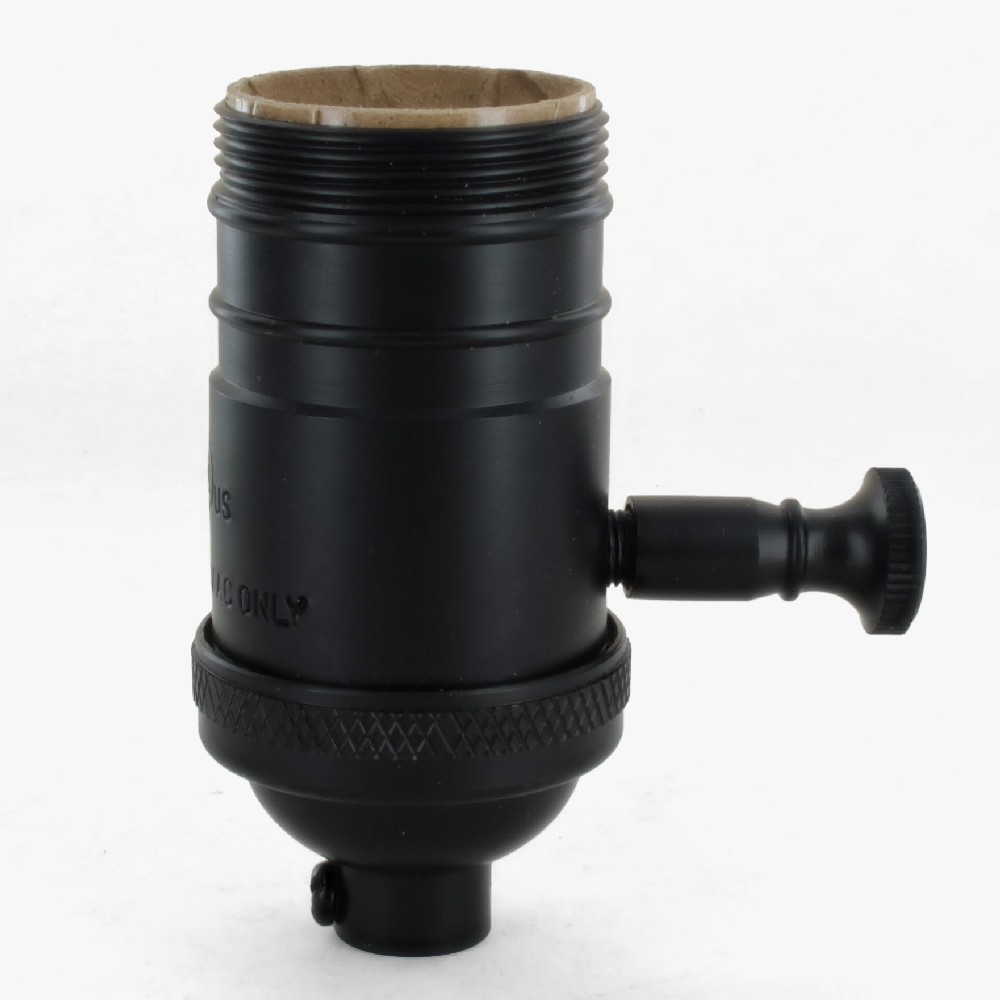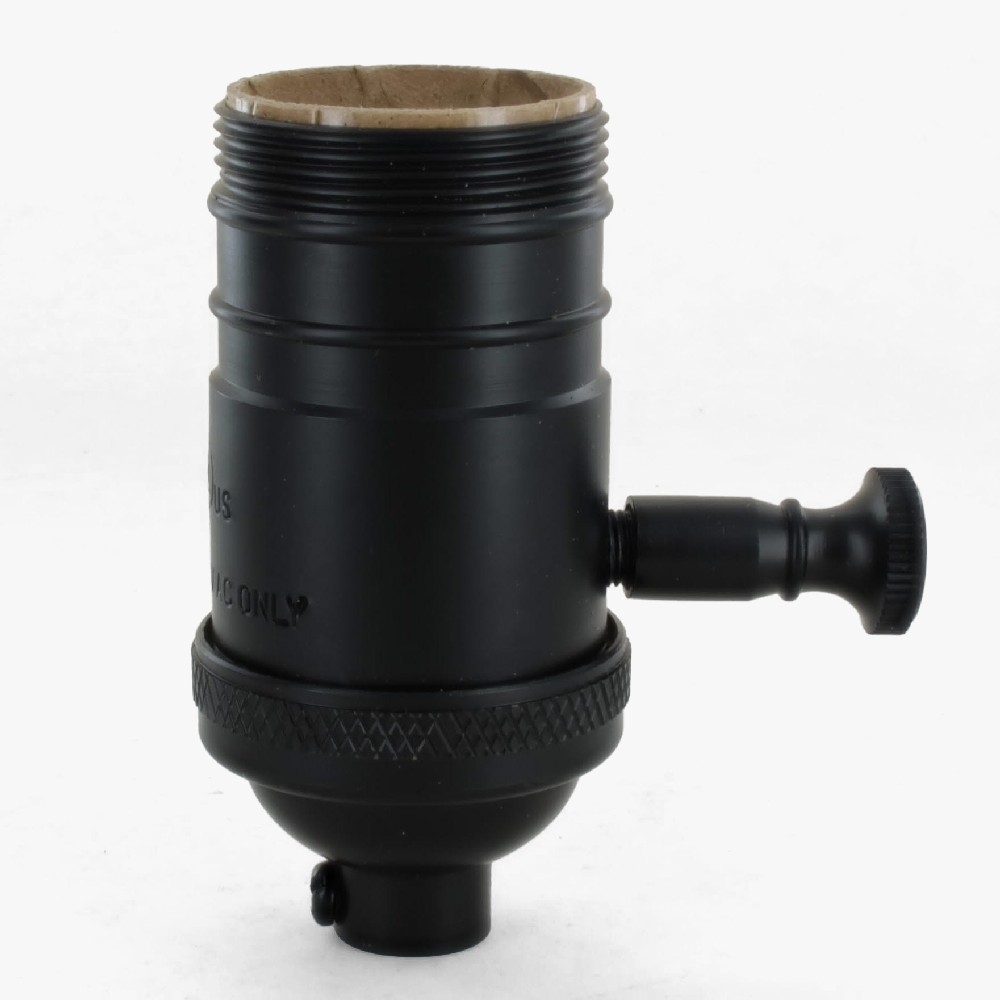Answer
Mar 20, 2025 - 06:15 AM
This full-range dimmer socket is designed for incandescent and halogen bulbs, which use resistive loads. LEDs typically work better with trailing-edge (ELV) dimmers designed for their low-wattage electronic circuits.
We recommend Trailing Edge Dimmers for LED
Trailing edge dimmers are better suited for LED lights because they are designed to reduce the amount of electrical noise and voltage spikes that can damage or reduce the lifespan of LEDs. Trailing edge dimmers use a method of dimming that gradually reduces the amount of power supplied to the LED, resulting in a smoother and more gradual dimming effect. This is in contrast to leading edge dimmers, which use a method of dimming that abruptly cuts the power supply to the LED, causing electrical noise and voltage spikes that can damage or reduce the lifespan of the LED.
This dimmer socket is rated for 150W max, which works fine for incandescent bulbs. However, most dimmable LED bulbs consume much less wattage (e.g., 8W-15W), which can cause flickering or limited dimming range if the dimmer doesn't support low-wattage loads.
We recommend Trailing Edge Dimmers for LED
Trailing edge dimmers are better suited for LED lights because they are designed to reduce the amount of electrical noise and voltage spikes that can damage or reduce the lifespan of LEDs. Trailing edge dimmers use a method of dimming that gradually reduces the amount of power supplied to the LED, resulting in a smoother and more gradual dimming effect. This is in contrast to leading edge dimmers, which use a method of dimming that abruptly cuts the power supply to the LED, causing electrical noise and voltage spikes that can damage or reduce the lifespan of the LED.
This dimmer socket is rated for 150W max, which works fine for incandescent bulbs. However, most dimmable LED bulbs consume much less wattage (e.g., 8W-15W), which can cause flickering or limited dimming range if the dimmer doesn't support low-wattage loads.
 Grand Brass Lamp Parts, LLC
Grand Brass Lamp Parts, LLC

